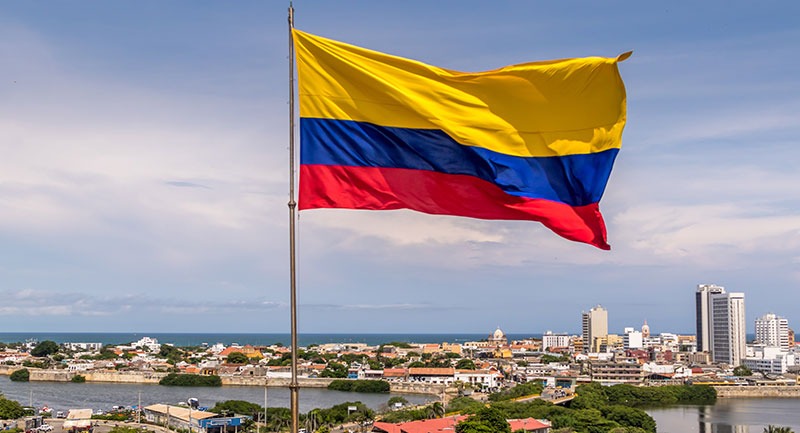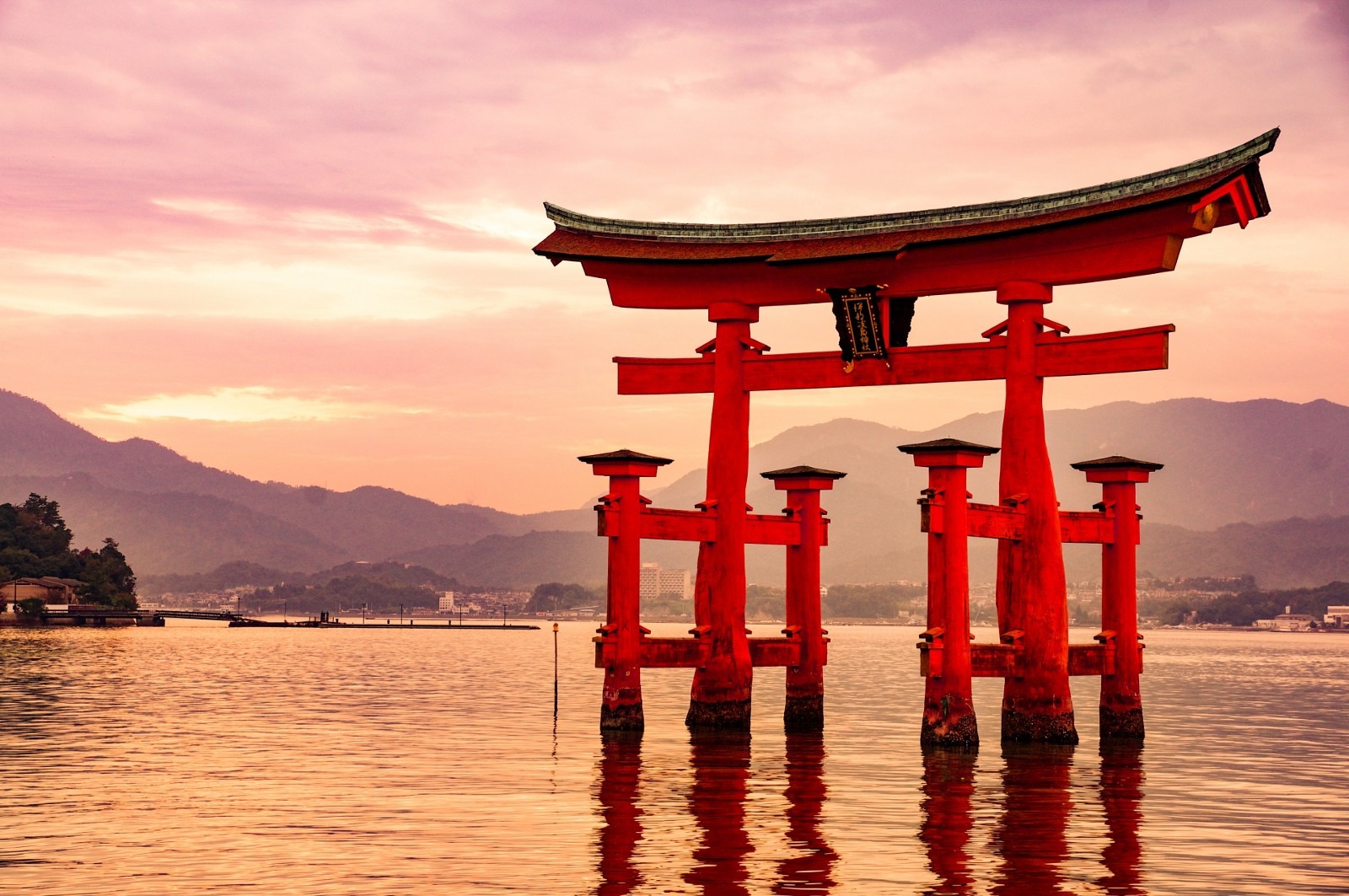Colombia is a sovereign state largely situated in the northwest of South America, with territories in Central America. The official name of Colombia is the Republic of Colombia, derived from the last name of explorer Christopher Columbus. Welcome to our animated show of history! This episode presents a brief history of Colombia.
The present territory of Colombia was a corridor of early human migration from Mesoamerica and the Caribbean to the Andes and Amazon basin. Indigenous people inhabited the territory that is now Colombia by 12,500 BCE. Between 5,000 and 1,000 BCE, hunter-gatherer tribes transitioned to agrarian societies. Big settlements were established, and pottery appeared.
The territory that became Spanish Conquest Colombia was first visited by Europeans when the first expedition of Alonso de Ojeda arrived at the Cabo de la Vela in 1499. The Spanish made several attempts to settle along the north coast of today’s Colombia in the early 16th century, but their first permanent settlement at Santa Marta was not established until 1525. In 1533, Pedro de Heredia founded Cartagena, the principal trade center on the Colombian coast.
Spanish conquistadors, led by Gonzalo Jimenez de Quesada, explored the interior in April 1536 and christened the districts through which he passed the New Kingdom of Granada. Two years later, he founded provisionally its capital near the Muisca Casa Casco of Bacatá and named it Santa Fe. The conquistadors made frequent alliances with the enemies of different indigenous communities. Indigenous peoples in New Granada experienced a decline in population due to conquest as well as Eurasian diseases, with the risk that the land was deserted.
The Spanish crown sold properties to all persons interested in colonized territories, creating large farms in possession of mines. In 1542, the region of New Granada, along with all other Spanish possessions in South America, became part of the Viceroyalty of Peru with its capital at Lima. Later, New Granada became the capital seat of the Viceroyalty.
The institution of the Spanish Royal Audiencia in Bogota gave that city the status of capital of New Granada, which comprised in large part what is now the territory of Colombia. In the early 18th century, the Viceroyalty of New Granada was temporarily removed but re-established in 1739, with Santa Fe de Bogota as its capital.
Since the beginning of the periods of conquest and colonization, there were several rebel movements against Spanish rule, but most were either crushed or remained too weak to change the overall situation. The last independence movement sprang up around 1810 and culminated in the Colombian Declaration of Independence issued on the 20th of July 1810, a day which is now celebrated as the nation’s Independence Day.
A movement was initiated by Antonio Nariño, who opposed Spanish centralism and led the opposition against the Viceroyalty. Cartagena became independent in 1811, and the United Provinces of New Granada were proclaimed, headed by Camilo Torres. The emergence of two distinct ideological currents among the Patriots gave rise to a period of instability. Shortly after the Napoleonic Wars ended, Ferdinand VII restored to the throne in Spain, unexpectedly decided to send military forces to retake most of northern South America. The Viceroyalty was restored, stoking renewed rebellion, which, combined with a weak Spain, made possible successful rebellion led by Simon Bolivar, who proclaimed independence in 1819.
The pro-Spanish resistance was defeated in 1822. In the present territory of Colombia, it was the first present constitutional government in South America, and the liberal and conservative parties founded in the mid-19th century are two of the oldest surviving political parties in the Americas. Slavery was abolished in the country in 1851. In 1863, the name of the Republic was officially changed to the United States of Colombia, and later the country adopted its present name, Republic of Colombia.
Internal divisions remained between the bipartisan political forces, occasionally igniting very bloody civil wars, the most significant being the Thousand Days War. The Thousand Days War cost an estimated 100,000 lives, and up to 300,000 people died during La Violencia in the 1940s and 50s, a bipartisan confrontation which erupted after the assassination of liberal popular candidate Jorge Elias Gaitan.
A military coup in 1953 toppled the right-wing government of conservative Laureano Gómez and brought General Gustavo Rojas to power. Initially, Rojas enjoyed considerable popular support due largely to his success in reducing La Violencia. However, he did not restore democratic rule and occasionally engaged in open repression. He was overthrown by the military a few years later, with the backing of both political parties, and a provisional government was installed. In the same year, the Declaration of Sitges proposed a National Front whereby the liberal and conservative parties would govern jointly.
The National Front ended La Violencia, and its administration attempted to institute far-reaching social and economic reforms in cooperation with the Alliance for Progress in the 1960s. Left-wing guerrillas began operating in Colombia, and in the 1970s, cocaine production increased. In the early 21st century, the situation in Colombia improved. Violence declined after 2002, and furthermore, the Colombian economy grew rapidly, and poverty and unemployment declined. Today, the population of Colombia is 47 million.



